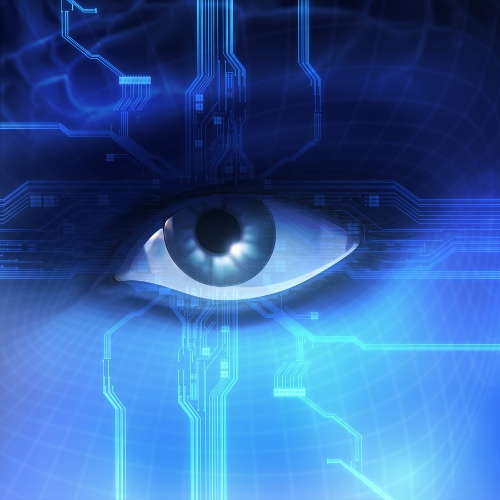Key points from article :
A former science teacher who's been blind for 16 years became able to see letters, discern objects' edges.
Subject had the implant for six months and experienced no disruptions to her brain activity.
Eduardo Fernández, co author says "... to restore functional vision for people who have lost their vision."
neurosurgeon implanted a microelectrode array into the visual cortex of subject.
Implant was paired with a video camera mounted in the center of a pair of glasses.
She reliably discriminated some letters such as 'I,' 'L,' 'C,' 'V' and 'O,' according to the study.
Microelectrode array was implanted through a "minicraniotomy".
It involves making a hole in the skull measuring 1.5 cm.
One goal of this research is to give a blind person more mobility.
A clinical trial related to the study is scheduled to continue through May of 2024.
This method could vision to roughly 148 million people worldwide.
Research by Miguel Hernandez University published in The Journal of Clinical Investigation.





